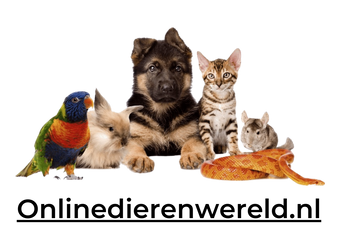
<tc>Koenings European Goldfinch-Siskin No. 2 (17.5 kg)</tc>
Koenings Putters-Sijzen nr. 2 (17.5 kg)
An originally foreign (now adapted) mixture. Mainly fed to putters only.
The mixture contains the following seeds:
- White seed,
- Hemp,
- Peeled Oats
- Perilla white
- Negroseed
- Pine seed fine
- Grass seeds
- Lettuce seed white
- Flaxseed
- Peeled sunflower seeds
- Milk thistle
- Japanese Millet
- Headbol
- Chicory seed
- Evening primrose seed
- Poppy seed
About Goldfinches:
The goldfinch is native to Europe, North Africa and western and central Asia. It occurs mainly in open, lightly wooded areas. In Europe these are, for example, gardens, parks and forest edges.
An adult bird has a red mask and a dark rein stripe. Behind this red mask, in most subspecies, a broad white band runs from the ear regions to the chin. Behind it is another black track, which runs from above the shoulders to the crown. Goldfinches in the easternmost part of the distribution area, the so-called caniceps group, lack the black and white markings behind the red mask. With them, this area is solid gray.
The goldfinch is a social bird that lives in groups for most of the year. Group members share a common food territory and defend it against other conspecifics. They usually forage in open areas such as roadsides and wasteland. Especially in winter, this group of birds form large flocks of up to forty birds.
Nutrition:
The goldfinch has a preference for small seeds, such as those of thistles and other composites. Its long bill allows the goldfinch to get hold of these hard-to-reach seeds. In much of its range, the goldfinch is the only bird that can reach the seed of teasel, which is located at the bottom of long, spiny tubes.
Except for small seeds, the goldfinch feeds on berries, buds (including dandelion) and grass. In winter he also visits the feeding table. Nestlings are also fed with insects.
This is the most requested mixture for renowned growers.


